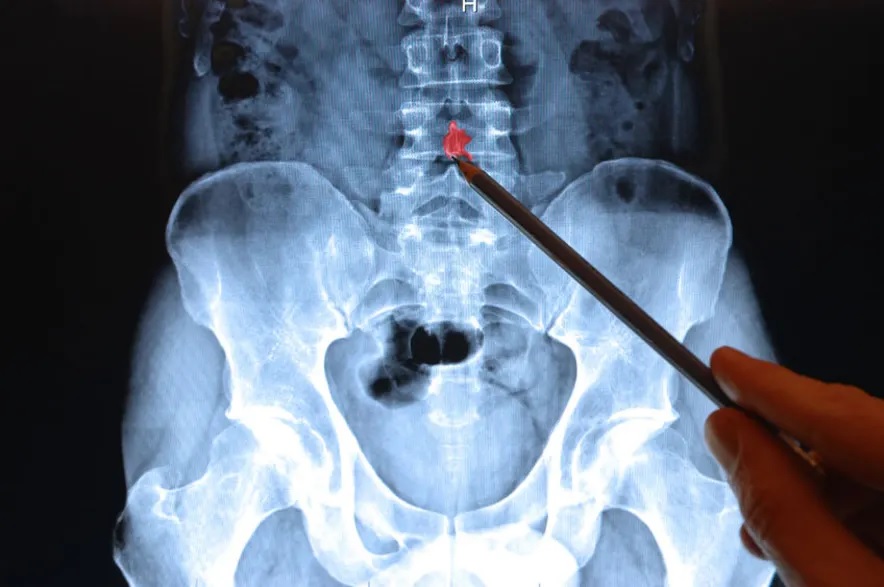Dhealthwellness.com – Your doctor may recommend sciatica treatment for you if your symptoms are not responding to self-care measures. Self-care measures can include resting the affected area, applying ice to the affected area intermittently, and taking NSAIDs like ibuprofen. Your doctor will also perform a physical examination and may order X-rays to confirm the compression of lumbar nerve roots. They may prescribe medications and nonsurgical treatments, including physical therapy. In more severe cases, your doctor may recommend spinal decompression surgery.
Physical Examination to determine the Right Location
A physical exam will be performed to determine the exact location of your pain. Your doctor may perform a straight leg raise test to check the sensitivity of the sciatic nerve. These tests can reveal bony issues or compression of the nerve. For people with chronic conditions, nerve tests may be performed to determine the precise location of the compression and determine whether there are other causes of the pain. Imaging tests are also available to determine the cause of your sciatica symptoms.
During a physical exam, your orthopedic physician will check your reflexes and muscle strength. If any of these tests show weakness or pain, a diagnosis of sciatica is possible. Further tests may be ordered to rule out bone spurs or herniated discs. MRIs also provide detailed pictures of the back and surrounding tissues. If the cause of your symptoms is not clear, your doctor may order a blood test to rule out other possible health conditions.
 While the pain can be debilitating, it is not necessarily life-threatening. You should seek medical attention immediately if you suspect that you may have sciatica. It is important to note that a herniated disk is typically the culprit. The discs in the lumbar region cushion the vertebrae. When they become worn and herniated, the center softens and pushes out, putting pressure on the surrounding nerves.
While the pain can be debilitating, it is not necessarily life-threatening. You should seek medical attention immediately if you suspect that you may have sciatica. It is important to note that a herniated disk is typically the culprit. The discs in the lumbar region cushion the vertebrae. When they become worn and herniated, the center softens and pushes out, putting pressure on the surrounding nerves.
Pain Caused By Different Roots
A medical doctor will usually prescribe a prescription for medications to alleviate the pain. Often times, an injection can relieve symptoms in a few days. Other times, the pain can cause nerve damage and cause a more serious condition. When the nerve is inflamed, the symptoms may include numbness, weakness, and tingling. However, the pain is caused by a different nerve root. In severe cases, surgery may be necessary.
If conservative treatment does not relieve your pain, you may need surgery. If conservative treatment fails to relieve your pain, your physician may perform a partial discectomy. The surgery involves a small incision in the back and the ruptured disc is removed, usually under general anaesthesia. Your doctor will check your back, allowing him to perform the procedure. However, if you continue to experience pain, you should see your doctor right away.

If a medical doctor suspects you have sciatica, your physician will perform a spinal X-ray to look for bone spurs, lumbar disc herniation, and other causes. Your doctor will likely order MRIs to confirm the diagnosis. An electromyogram or nerve conduction study is a special test that measures electrical activity in nerves and muscles. If you have multiple symptoms, a doctor may want to perform both of these tests.
How to Determine the Right Treatment
Your doctor will most likely order an X-ray if you are experiencing persistent pain or weakness in your legs. The doctor will perform some basic tests and ask you questions about your symptoms. The doctor will then determine the correct treatment for you based on the underlying cause of your pain. Usually, a herniated disc is the culprit, but imaging tests can also identify a bone spur. The doctor will decide if surgery is the best course of action for your specific condition.
A physical examination will identify the irritated nerve root and confirm a diagnosis of sciatica. Nonoperative treatment for sciatica is successful in 80 to 90 percent of cases, but surgery is required for stenosis or bone spurs. However, there is still a chance of improvement if nonsurgical treatment is not successful. This diagnosis is vital for treatment. If your pain persists after light stretching, it may be a sign of a larger underlying problem.

Your doctor may recommend a minimally-invasive procedure to relieve your pain. Minimally-invasive surgery can give you pain relief without the risks associated with invasive surgery. If conservative treatments do not work for you, your doctor may recommend surgery. Minimally-invasive procedures can help relieve chronic pain and allow you to resume your physical therapy. If your symptoms are severe enough, you may even benefit from a spinal fusion.
Reference:
Jensen, Rikke K., et al. “Diagnosis and treatment of sciatica.” bmj 367 (2019).
